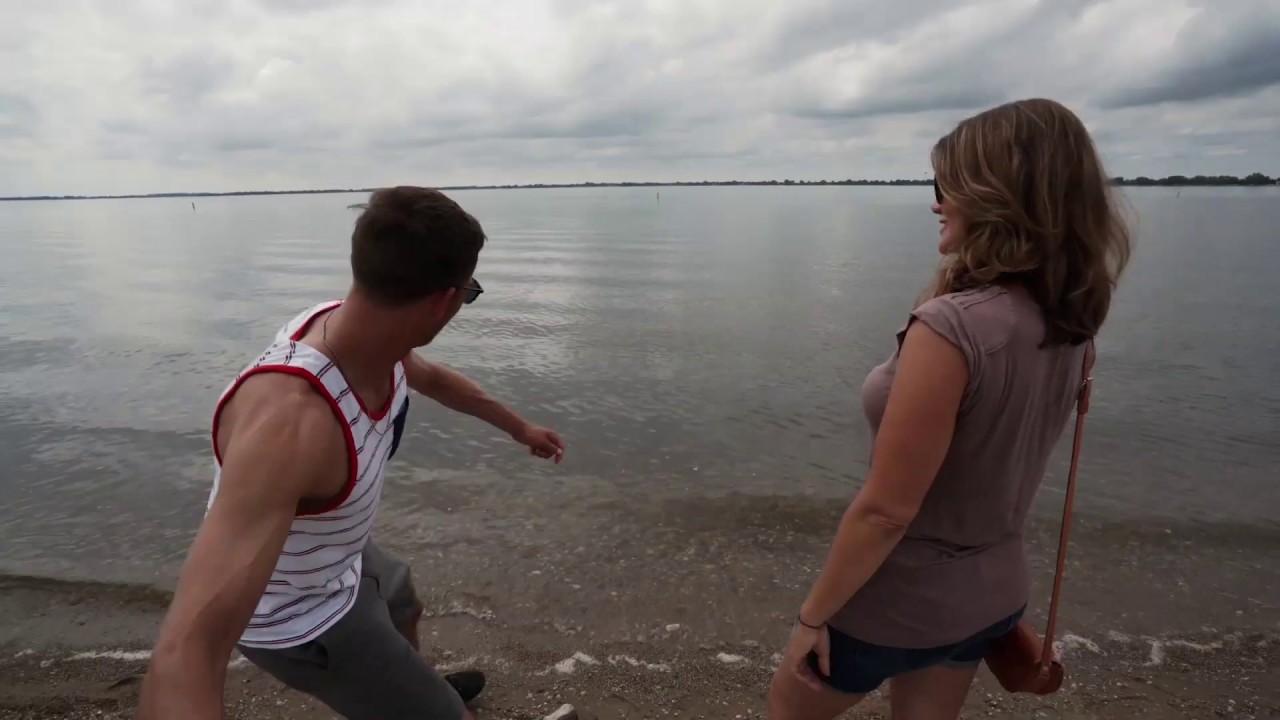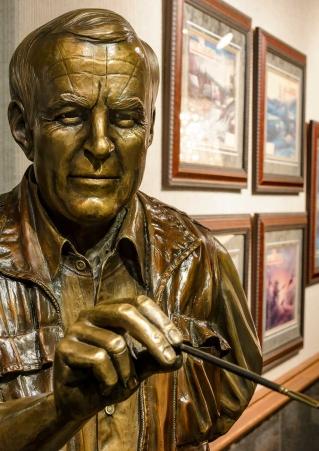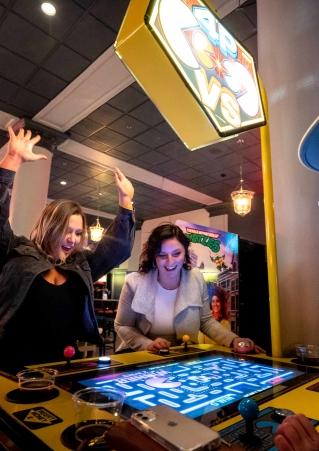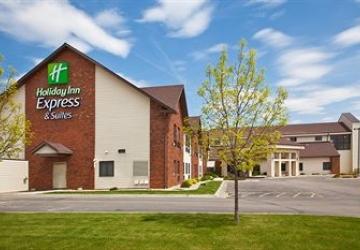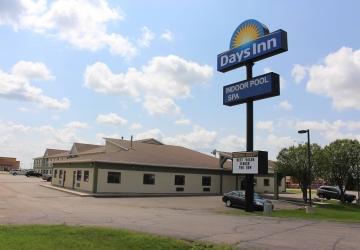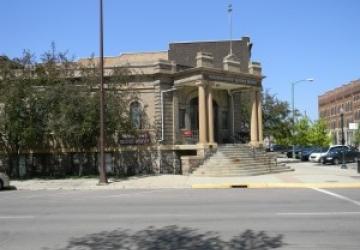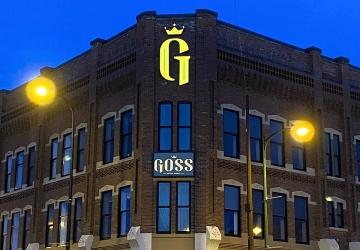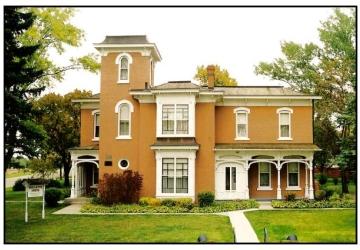Top Things to Do in Watertown
Despite being a small town of about 23,000 people, Watertown is plentiful in culture and attractions. Attend a show at the historic Goss Opera House, or experience Terry Redlin’s iconic pastoral scenes at the Terry Redlin Art Center, home to over 150 original oil paintings set amid scenic trails and ponds. Find more treasures on the Arts & Sculpture Trail of Northeast South Dakota, which infuses Watertown’s business district with artistic flair.
Bramble Park Zoo is home to more than 800 animals, perfect for an outing with the kids. History buffs won’t want to miss Codington County Heritage Museum and the historic Mellette House, the home of South Dakota’s first governor.
And about that water? Boating and fishing abound at Sandy Shore Recreation Area on Lake Kampeska, whose crystal waters are lined with swimming beaches, parks, campsites, a disc golf course, playgrounds and the Cattail Crossing Golf Course. More fishing and nature trails can be found along the Big Sioux River and at Pelican Lake Recreation Area.
Travel Inspiration



Annual Festivals & Events in Watertown
- Savor the flavor at the family-friendly Cookin’ on Kampeska, held at Stokes-Thomas City Park & Campground. You and your crew can enjoy three days of cooking competitions, sampling mouthwatering barbecue, pork and South Dakota’s favorite nosh, chislic.
- Kiddos go wild for Zoo Boo at Bramble Park Zoo, a Halloween tradition with trick-or-treating and spooktacular activities.
- If you’re in town for the holidays, enjoy Watertown’s ultimate holiday extravaganza, the Downtown Holiday Lighted Parade. Grab a lawn chair and post up along Kemp Avenue to see a procession of holiday-themed floats and decorations.
Where to Stay & Eat in Watertown
Whether you’re looking for comfortable digs at a brand-name hotel or a back-to-nature camping experience, you’ll find a welcoming stay in Watertown. The local dining scene blends small-town charm with big flavors. Famed for its house-brewed beers and wood-fired pizzas, Dempsey’s Brewery Pub & Restaurant is a 2024 winner of the James Beard Foundation’s America’s Classics Award. Watertown Brewing Company, serving casual eats and an assortment of craft beers, is another local favorite. From comfort food to farm-to-table flavors or casual drinks with friends, Watertown’s restaurants and bars offer something for every taste.
Ready to plan your trip? Use the filters to search the listings below.


